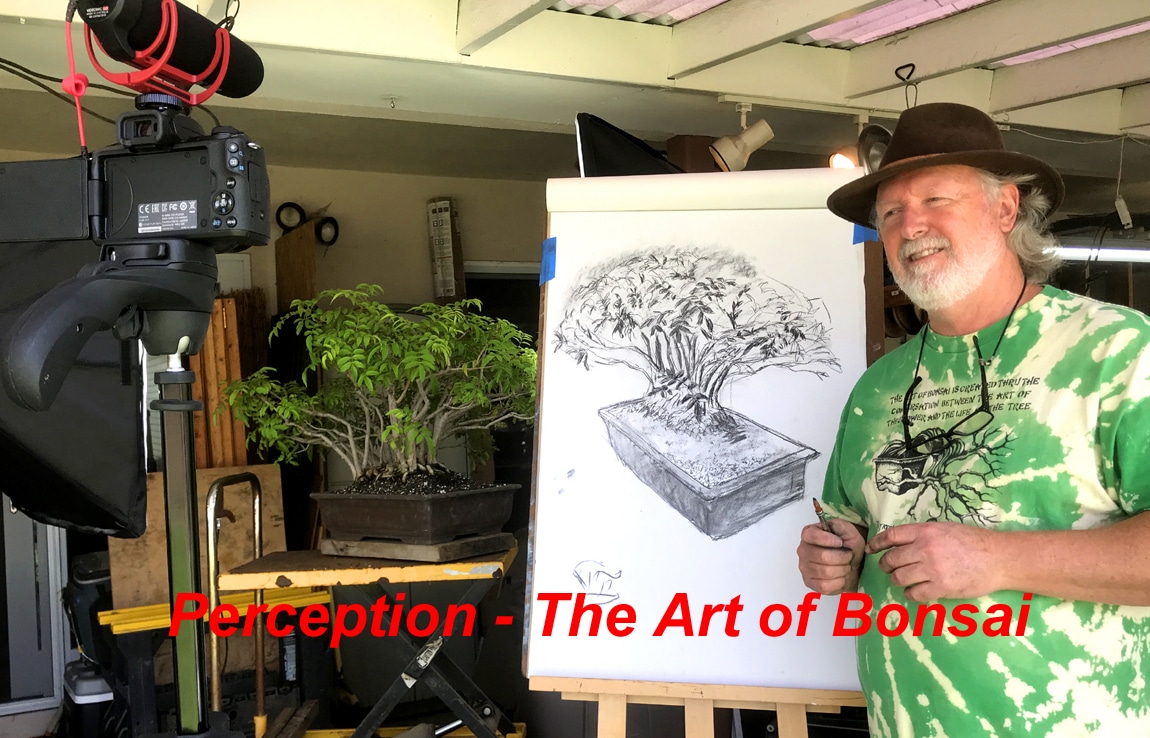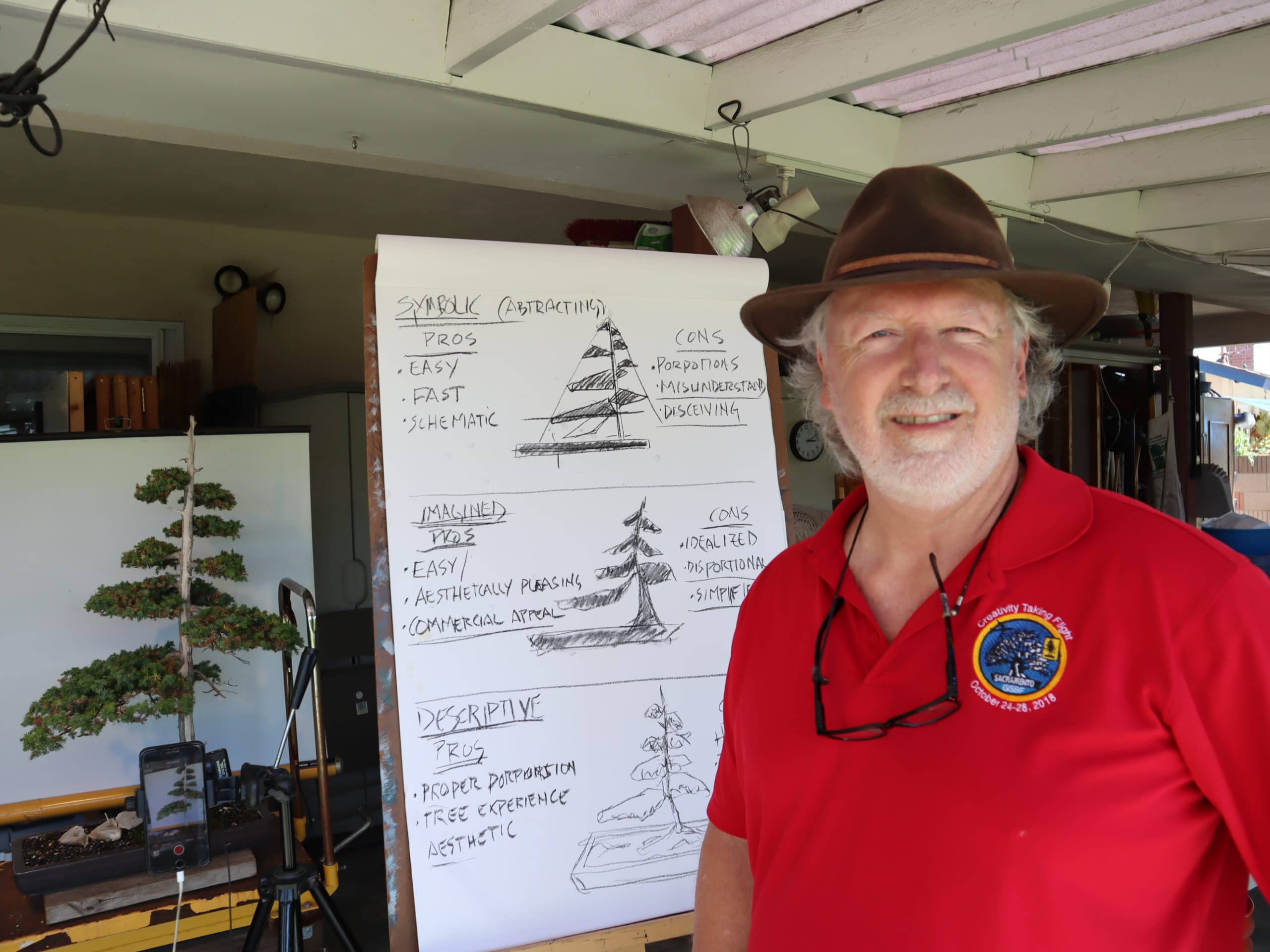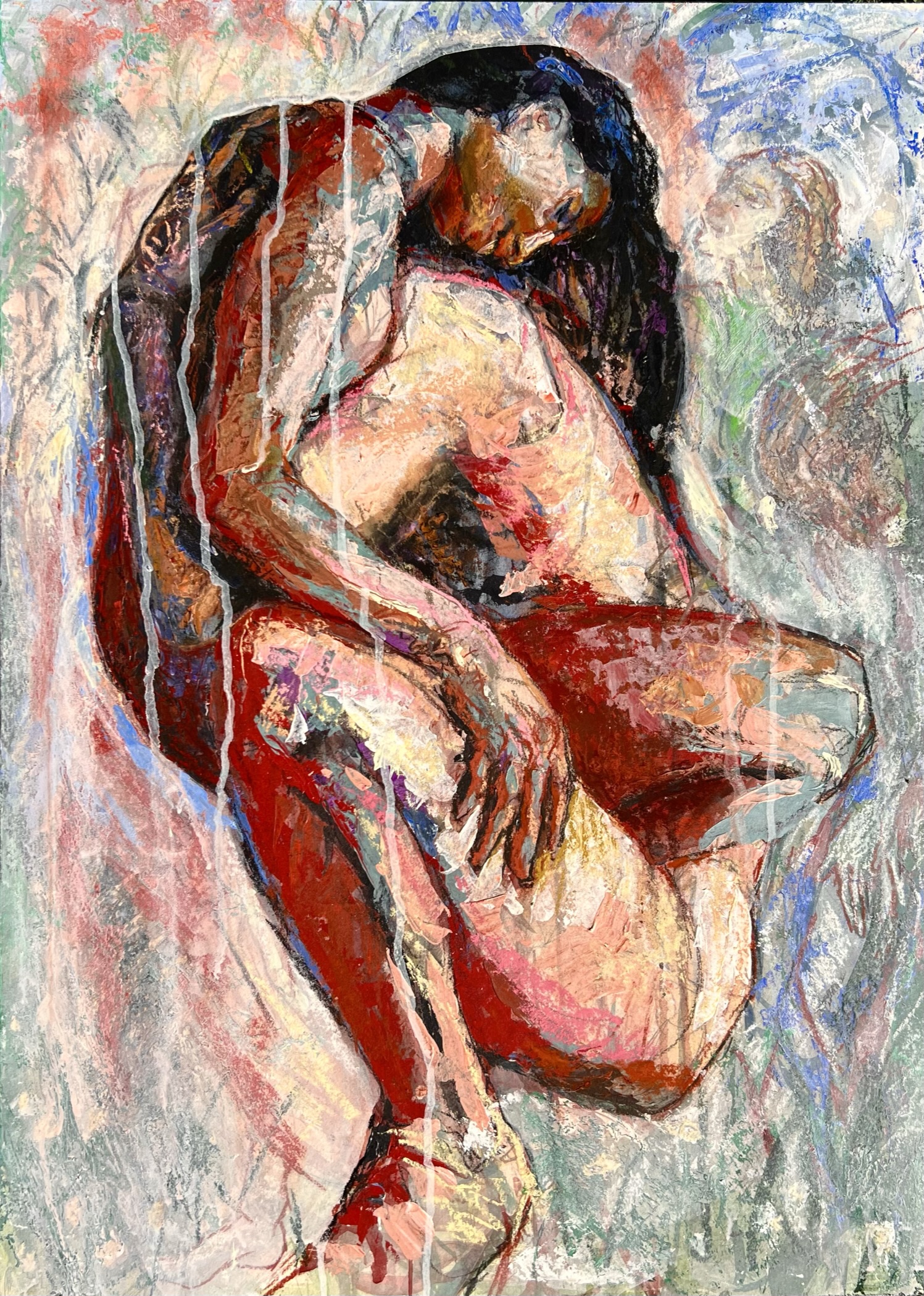
It’s been a long time since I posted any blog on Reekersart.com, so my sincere apologies. Things in my life are now leveling out so I’m back at it.
I’ve begun a 3 month mentorship with a figurative artist by the name of David Limrite. You can see his work and mentorship program at Artist, Teacher, Coach, Mentor | David Limrite. It is something that will help me greatly in my pursuit of the figure as motif.
The question I was asked is, “What should my figures look like?”. After my Nancy’s passing and, two years later, entering a new relationship (Rebecca), I find myself engaged in creating a figurative representation of loss and gain.
I’m aware that this is no simple task to put this into a figurative context and so I am looking for guidance.
The first piece in this series, ‘The Hug,’ conveys the emotions of hope and love, while the texture portrays a sense of pain. I like the visual expression because of its ability to maintain a level of ambiguity and solidity.
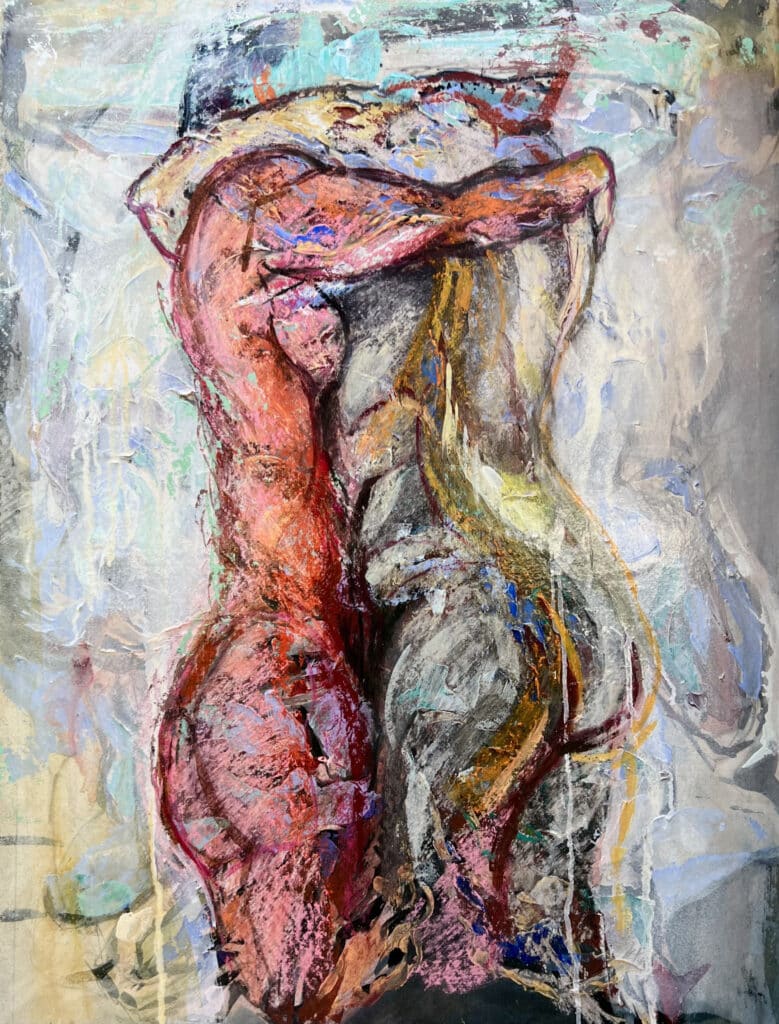
The second painting in the series “Isolated indifference” began by from a model session and subsequently superimposed the two figures. While I was content with the technical aspects, it seemed to lack complete emotional depth. Nevertheless, it appears to touch on feelings of isolation and, perhaps, indifference.
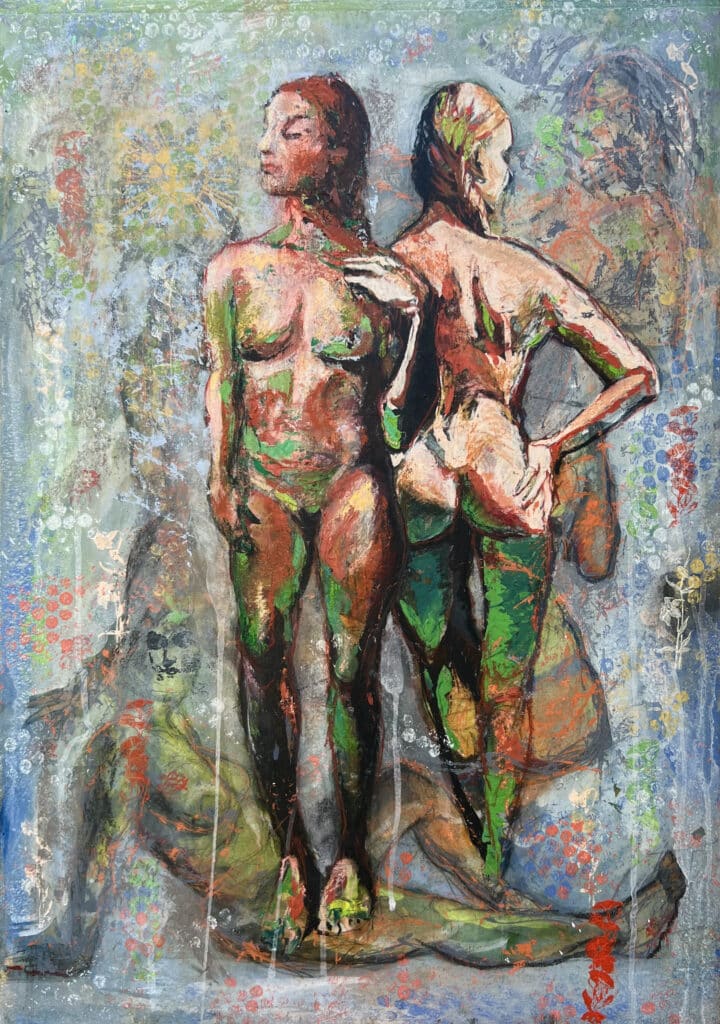
Subsequently, I returned to the theme of human contact and love. I used both the first and second paintings above as reference points to shape the composition and intensified the contrast to enhance the impact of the image. I appreciated the harshness in contrast to the image’s tenderness.
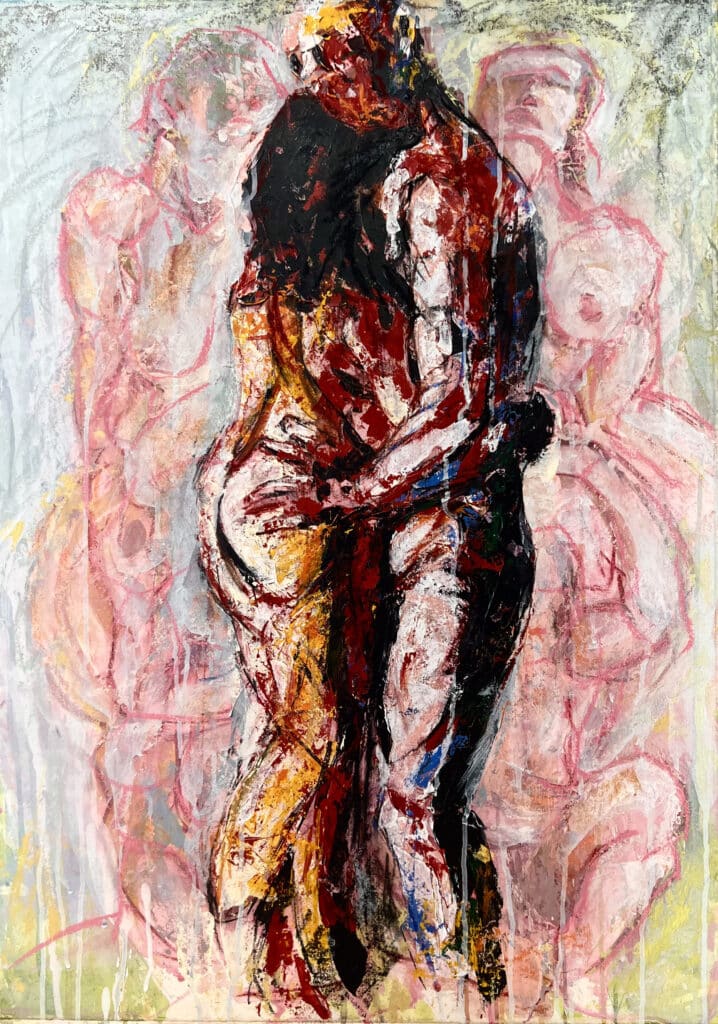
The pieces before and the next piece was completed before the mentorship began. Here again, I used textures to express pain and suffering, while the motif conveyed a contrasting love and passion. In creating this work, I’m striving to challenge myself while providing an avenue for healing.
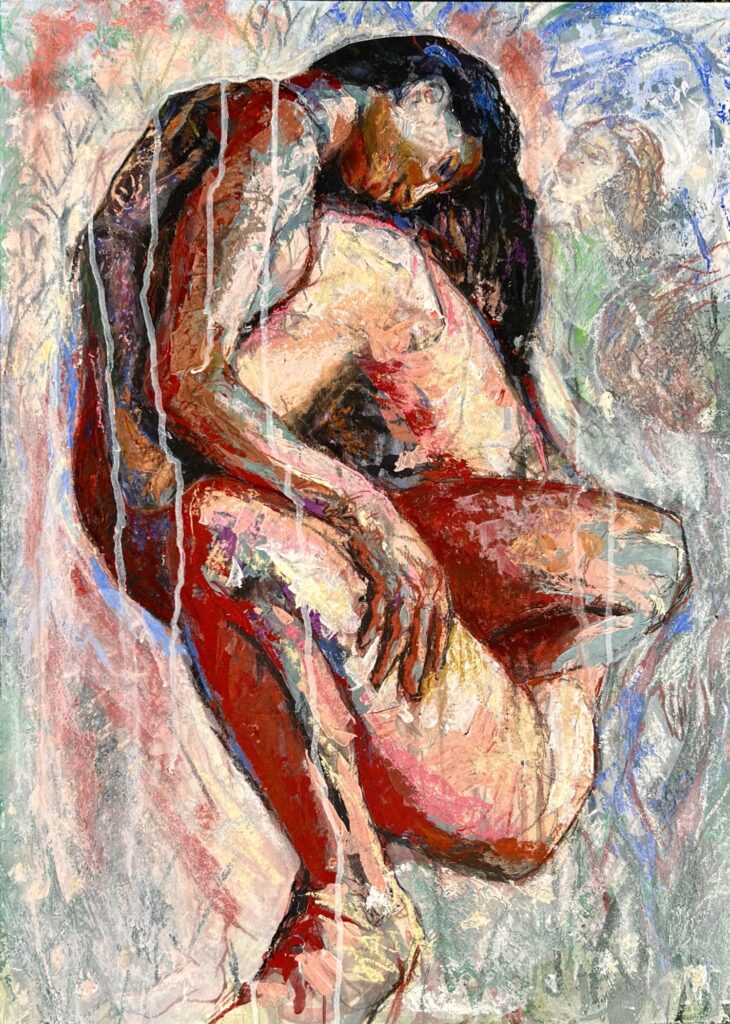
The two pieces below are works in progress following a retreat I did with David. The seated figure may appear benign, but the colors and texture portray a struggle between beauty and suffering. For the second one, I’m particularly satisfied with the figure’s composition in terms of execution and the inherent ambiguity of the motif. However, I am still searching for figures that evoke stronger connected emotions.
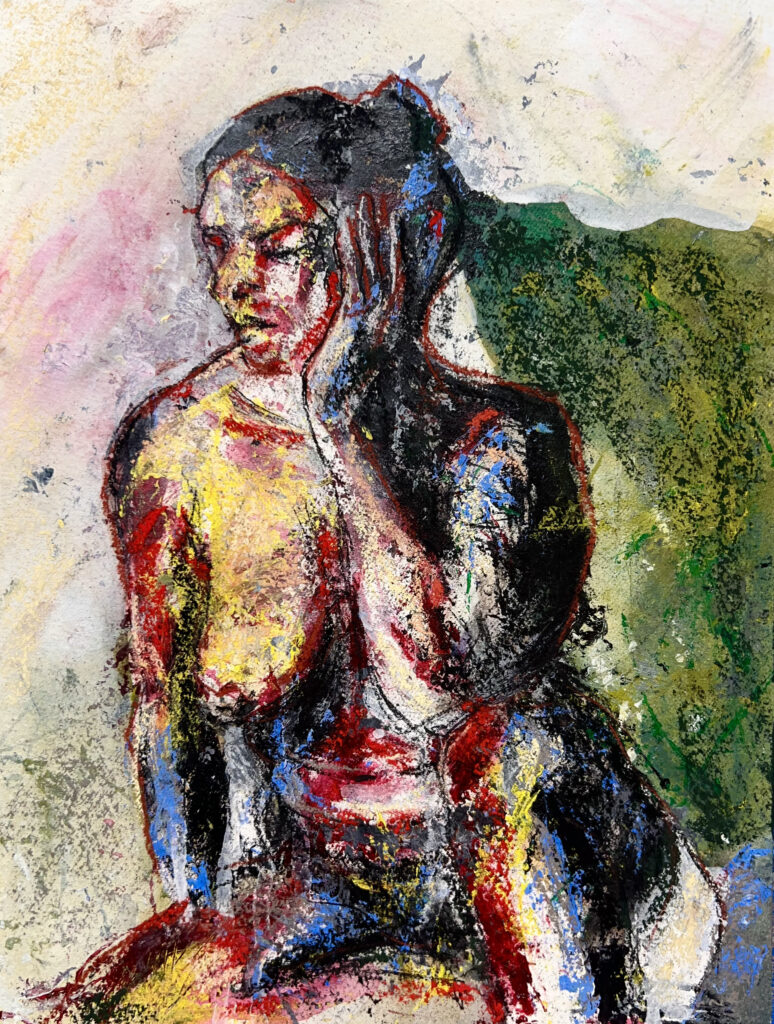
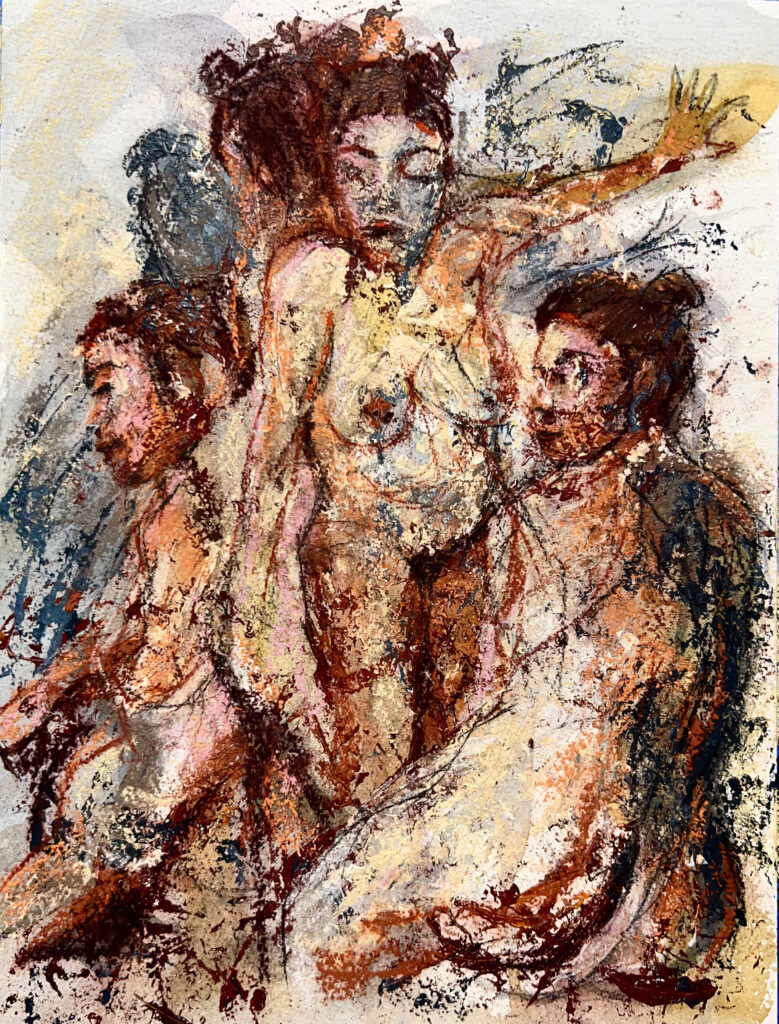
So this will be the start of the journey that I want to share with you. I welcome any comments and again. If you would like to support me in this for as little as $3/month, please sign up to be a Patron of me at Ronald Reekers | creating illustrated art and videos | Patreon
Thank you so much for your continued support.
Ron
